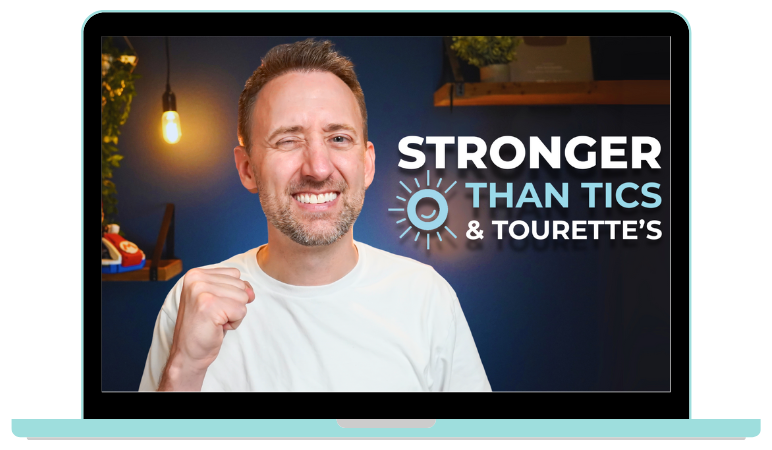Busting the Myths: What You Should Really Know About BFRBs
Aug 05, 2025
The name of the Body-Focused Repetitive Behaviours (BFRBs) is misinterpreted and misdiagnosed. Now, it is time to bust some of the most distinctive myths and know the truth.
Myth 1: Most people will think that BFRBs are mere bad habits
The Fact: BFRBs are more than just bad habits such as nail biting or hair twirling. They are compulsions and they can be potent as damaging physically as well as emotionally. Individuals with BFRBs find it hard to quit even when they know that it is harmful. Such behaviours are not mindless habits, but hard to manage behaviour’s which may run really deep into stress or anxiety.
Myth 2: Myth 2: BFRBs are rare
Fact: Most people believe that BFRBs are a rare occurrence, however, studies reveal otherwise. Indeed, BFRB can be experienced at one time or another in 1 out of every 20 individuals. Such acts may also hit anyone without concern to age, gender, or background.
Myth 3: BFRBs and OCD similar
Fact: OCD is generally motivated by intrusive thoughts and rituals that help an individual reduce anxiety. BFRBs however are sensory in nature; many are actually associated with tension, boredom, or pleasing sensations. They are different in the motivations and experiences but overlap at times.
Myth 4: You cannot stop BFRBs
Fact: Recovery is eminently possible. Such evidence-based treatment as Habit Reversal Training (HRT) and Comprehensive Behavioural Model have enabled individuals to have control over their behaviours. BFRBs are manageable or even possible to eradicate with the help of the correct support and tools.
Myth 5: BFRBs are voluntary
Fact: BFRBs are involuntary. Individuals do not want to rip their hair, or scavenge their skin. They are triggered by the internal stimuli such as anxiety or sensory overload and more commonly, reactions to them. There is a strong urge to do something, although in some cases it is something that desperately wants to be stopped.
Learning about BFRBs is the beginning of compassion, support and healing.
















